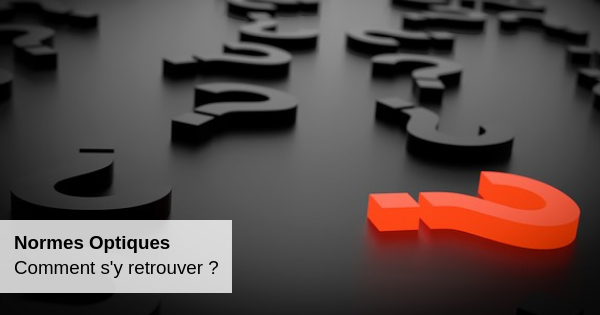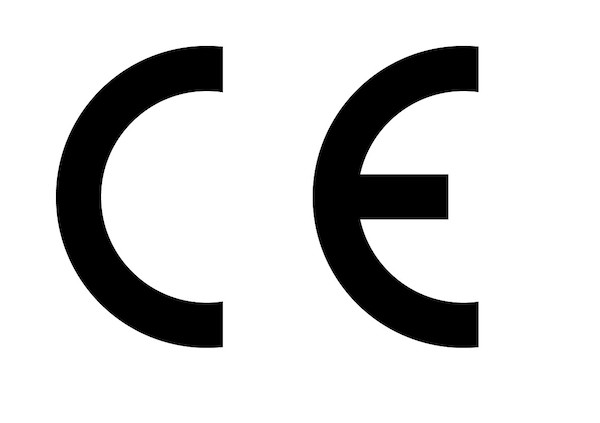Optical Standards: How to navigate?

Standards are sets of technical rules and criteria that define a type of object, a product, or a process. All industries or products of commerce are subject to it, so of course also applies to optical products . These standards are all the more stringent as they concern, in this case, medical devices or protection . To advise customers, we offer an overview of optical standards .
Optical Standards: a European-wide marking
Current national law defines optical frames as medical devices . Solar mounts , they are personal protective equipment.

The standards associated with this equipment are technical documents that certify the CE conformity of the products.
This CE marking confirms the conformity of the products with the essential requirements health and safety described in the European directive. All inspection procedures are detailed in the European standards specific to each product.
In order for the CE marking to be authorized, a technical file must attest to the conformity of the product .
Legislative and normative references
 @Pixabay [/ caption]
@Pixabay [/ caption]
Here is a quick listing of the main directives concerning optical standards :
Directive 94/27 / EC "Nickel"
The European Directive 94/27 / EC on hazardous substances and the so-called "Nickel Directive" entered into force on 1 February 1995 and was transposed into national law by the order of 18 July 2000. ]
It consists of limiting the use of nickel in the manufacture of certain objects, including optical and solar frames. This directive only concerns parts in contact with the skin.
Supporting Standards: EN 12472 (2005) + EN 1811 (1998)
Medical Devices Directive 93/42 / EC
Entered into force on 14 June 1998, it specifies the basic requirements for spectacle- free spectacle frames designed to be equipped with all specification lenses.
This text applies to all types of frames , including pierced frames, half-rimmed frames and foldable frames. It concerns points of sale at the retailer, the manufacturer or the supplier .
It is also applicable to spectacle frames made from natural organic substances but does not apply to custom-made complete frames or products specifically designed to provide individual eye protection.
 @Pixabay [/ caption]
@Pixabay [/ caption]
Concerning corrective lenses, the NF EN ISO 8980 standard specifies the requirements and the method of test applicable to the surfaces of spectacle lenses declared as having a level basic abrasion resistance, including coated spectacle lenses
A glass declared as abrasion resistant must meet the requirement for both surfaces, front and rear . For the tests, the range of powers and shapes of glasses is limited, however, the results are applicable to glasses and spectacle lens surfaces with identical properties , other than the power of the glass and the surface radius. ]
 @Pixabay [/ caption]
@Pixabay [/ caption]
The "Personal Protective Equipment" Directive 89/686 / EEC
Entered into force on 1 July 1995 and transposed into national law (Decree No 94-689 of 5 August 2004 as amended by sports code), it concerns sunglasses and sunglasses (NF EN 1836), but also ski masks (NF EN 174).
The NF EN 1836 standard makes it possible to to guarantee in particular the degree of solar protection of the glasses thanks to a simple notation going from 1 to 4.
 @Pixabay [/ caption]
@Pixabay [/ caption]
All these standards are constantly being revised and replaced to ensure maximum protection . To go further, the texts of law are of course searchable, on the site of the Afnor shop.


